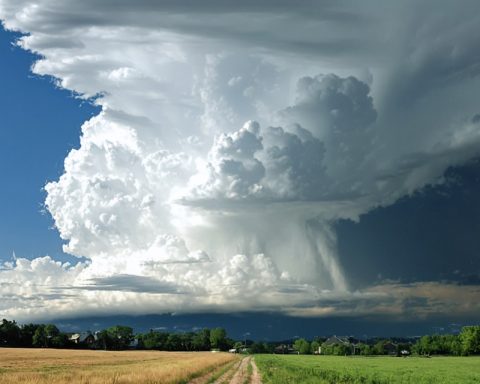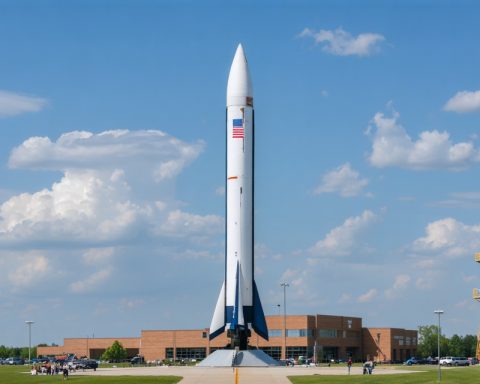
How Casio’s Unstoppable Quest for Innovation Repeatedly Redefines Technology
Casio’s relentless pursuit of innovation integrates utility with advanced technology in a simplistic design. The G-Shock series exemplifies unmatched durability, setting benchmarks in the




















